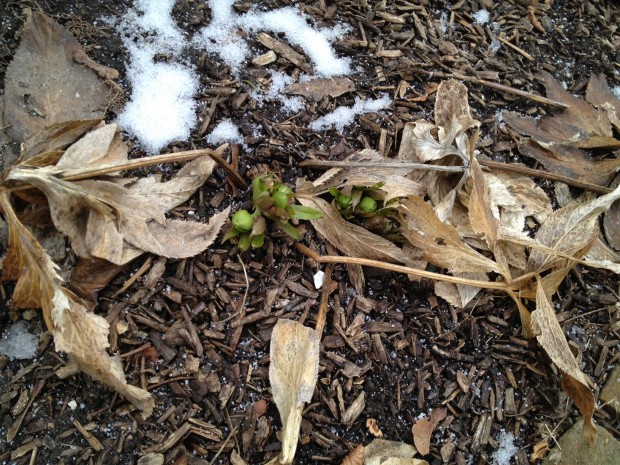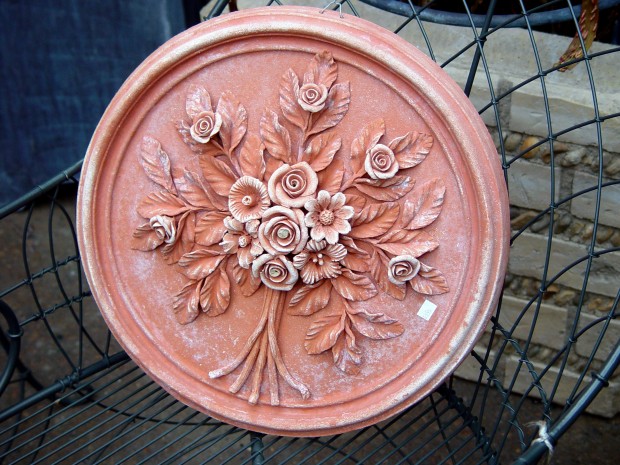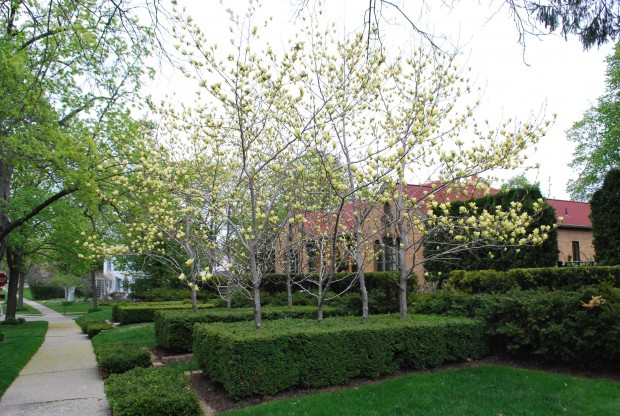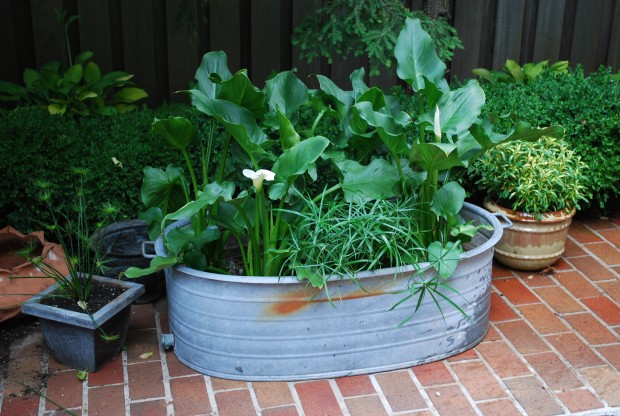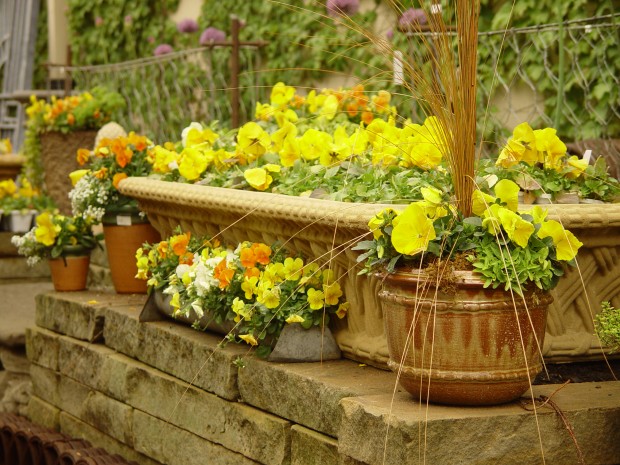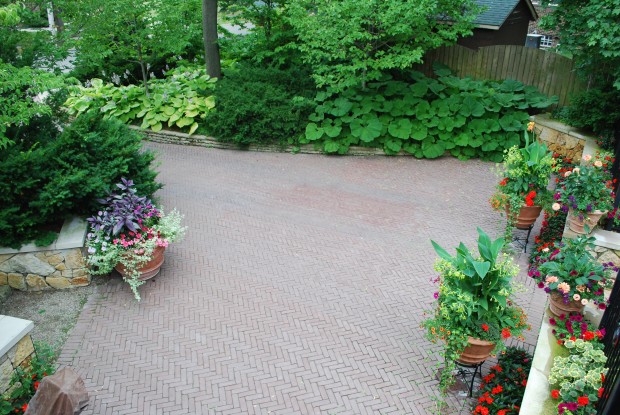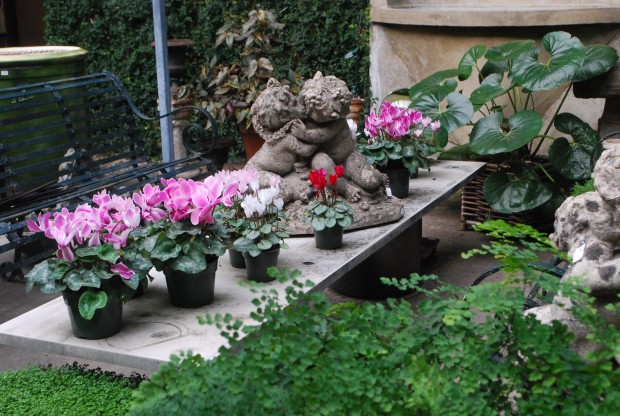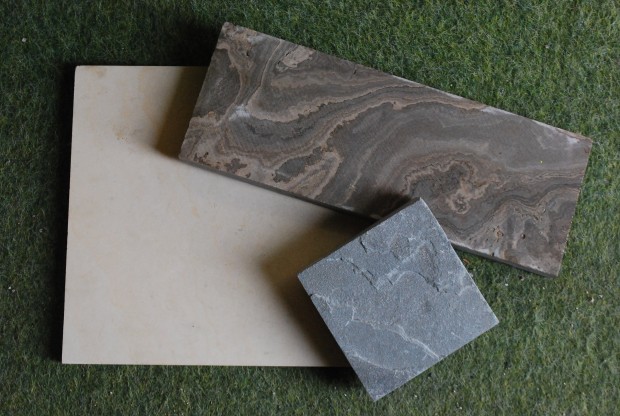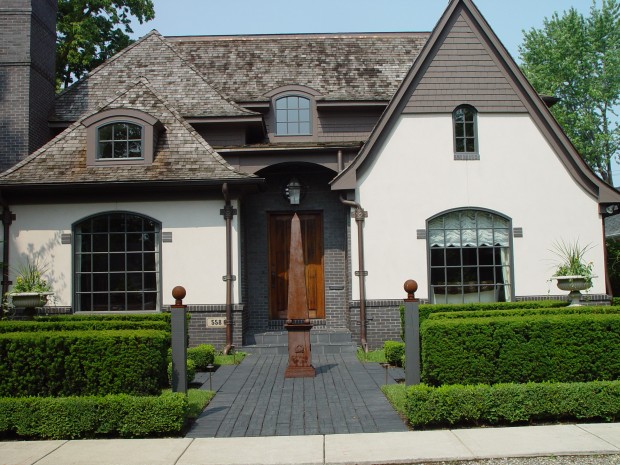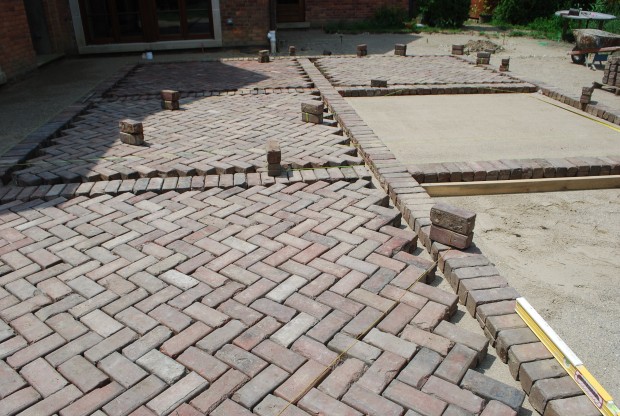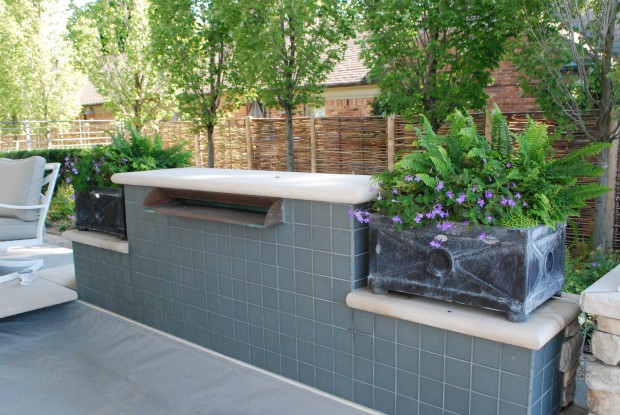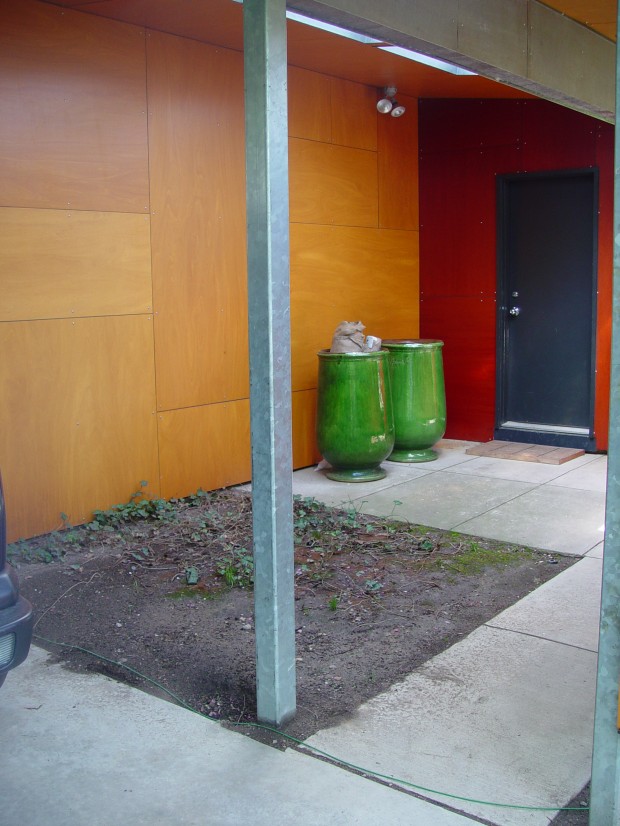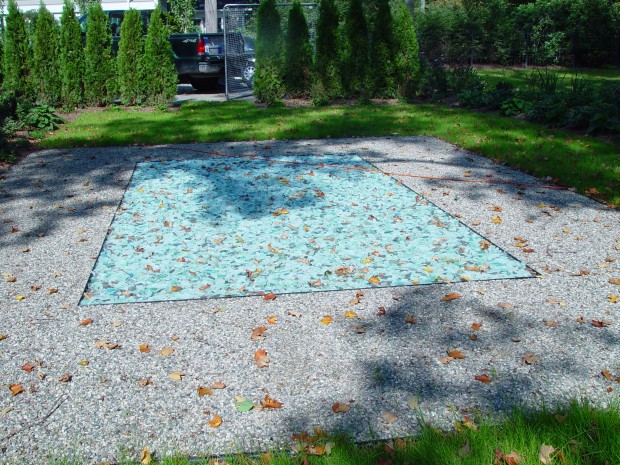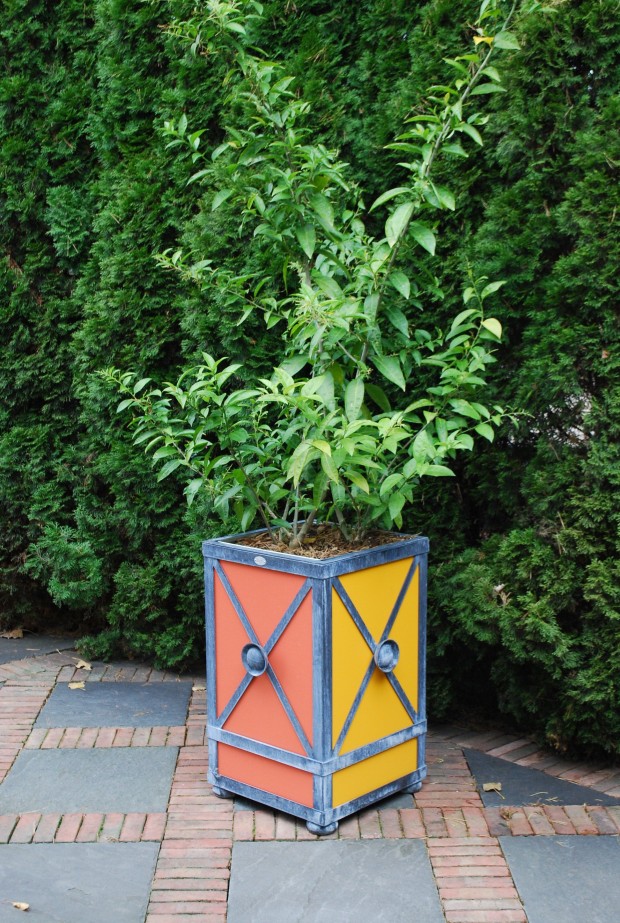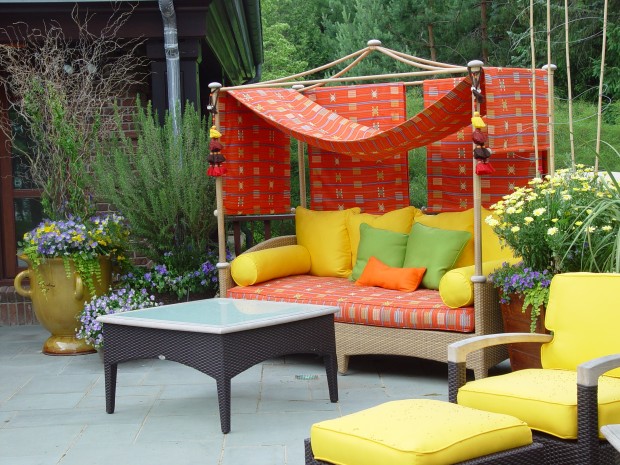The topic for the Garden Designers Roundtable-mistakes. I appreciate the timing of this topic, as blunder season is just about here. I invariably misinterpret nature’s intent with regard to spring. I am sure that spring has arrived, always weeks in advance of the real thing. I am anxiously poking around, looking for the crocus and the hellebores. If I am lucky, that poking will not damage tender shoots just emerging from the ground. The true meaning of misstep? Tulip leaves when they first emerge in my zone are the same color as the muddy soil. Given that I never remember where I have planted them, I am as likely to smash them flat as not. Every step I make on soil that is soaking wet from the thaw forces the life giving oxygen out of the soil. Plants thrive in friable soil, and generally dislike compacted soil. Why am I milling about in the garden when I know better? The leaves of the hellebores are limp and brown now-and crying for a cleanup. I am sure the number of emerging flowers I have snipped off thinking they were leaf stalks is appallingly high. Were I to endure the mess for another week, the difference between leaf stalks and flower stalks would be obvious. Yet here I am, in error. Franklin P Jones put it so eloquently: Experience is that marvelous thing that enables you to recognize a mistake when you make it again.
Once the perennials begin to emerge, the bare spaces that would be perfect for spring bulbs are painfully obvious. Spots for snowdrops-how is it that I failed to see them 5 months ago, when I could have planted? The chionodoxa I did plant at the edge of a path as the spot was easy to get to-could I really have forgotten the edge of this path is part of the Corgi path? Was that outcome not as obvious last fall as it is right now? It will be months before my small perennial garden will be anything to look at. I could have tulips and daffodils on the way. Phlox divaricata-every year I long for it. Every year I do not plant it. A lost opportunity is one thing, but a lost opportunity that repeats itself year after year-a whopper blooper.
Later I will find those mistakes that simply represent deficient knowledge. Plants are very specific about what they want. When they don’t get what they want, they have that listless and unenthusiastic look about them. Or they die. Wanting that catmint to thrive in a slightly too shady spot in slightly too heavy soil-that want washes over me all the time. What would prosper in that spot, I don’t want. The idea that the nature will suspend disbelief just for me-what is that? Off sides is off sides. I would conservatively estimate that my plant reference library has 50 volumes. And I have a computer that works. In spite of that, I persist in putting plants in the wrong place. On rare occasions, I get lucky. I had to have a clematis growing on my garden bench-the romance of tat idea was irresistible. Though the spot had failure written all over it, I planted anyway. Turns out, there is enough sun 4 feet off the ground to keep that clematis happy. I know a certain gardener with a gift for making a mistake seem like a brilliant choice. From Henry James, She had an unequalled gift… of squeezing big mistakes into small opportunities.
Gardeners derive satisfaction from many different things. Some gardeners choose to grow food. Others like tropical plants in pots. Others want to grow plants and sell them. Others swoon over conifers, or rock garden plants. Others intend to reforest a city. A relationship with nature is not necessarily a garden-it could be a wild place untouched by designing hands. Entertaining outdoors, putting up lights at the holidays, and camping.-these are as much an experience of gardening as the parterres at Vaux Le Vicomte. Given that the sky is the limit, that the opportunity for self expression is always there, I think it is a mistake-not to garden. Gardening is good for people. Your garden should be just that-yours. From Oscar Wilde, “Be yourself; everyone else is already taken”.
The most grievous error I see gardeners make is to give up a dream of having a garden environment because they could not have it all at once. The best part about plants is that they grow. A bareroot tree planted in the spring and looked after will grow. Yes, the mighty oak from the little acorn grew. A slew of boxwood cuttings, placed in and grown on in a nursery bed, can one day become the most gorgeous knot garden imaginable. Hellebores are gorgeous-but notoriously slow growing. Large plants are pricey, for just that reason. But little hellebores are readily available, and will grow into specimen sized beauties before you know it. Now is a very good time to plant one. From Edmund Burke: Nobody made a greater mistake than he who did nothing because he could do only a little.
The other members of the Roundtable no doubt will have their own views on mistakes-please read on!
Mary Gallagher Gray : Black Walnut Dispatch : Washington, D.C.
Debbie Roberts : A Garden of Possibilities : Stamford, CT
David Cristani: The Desert Edge: New Mexico



